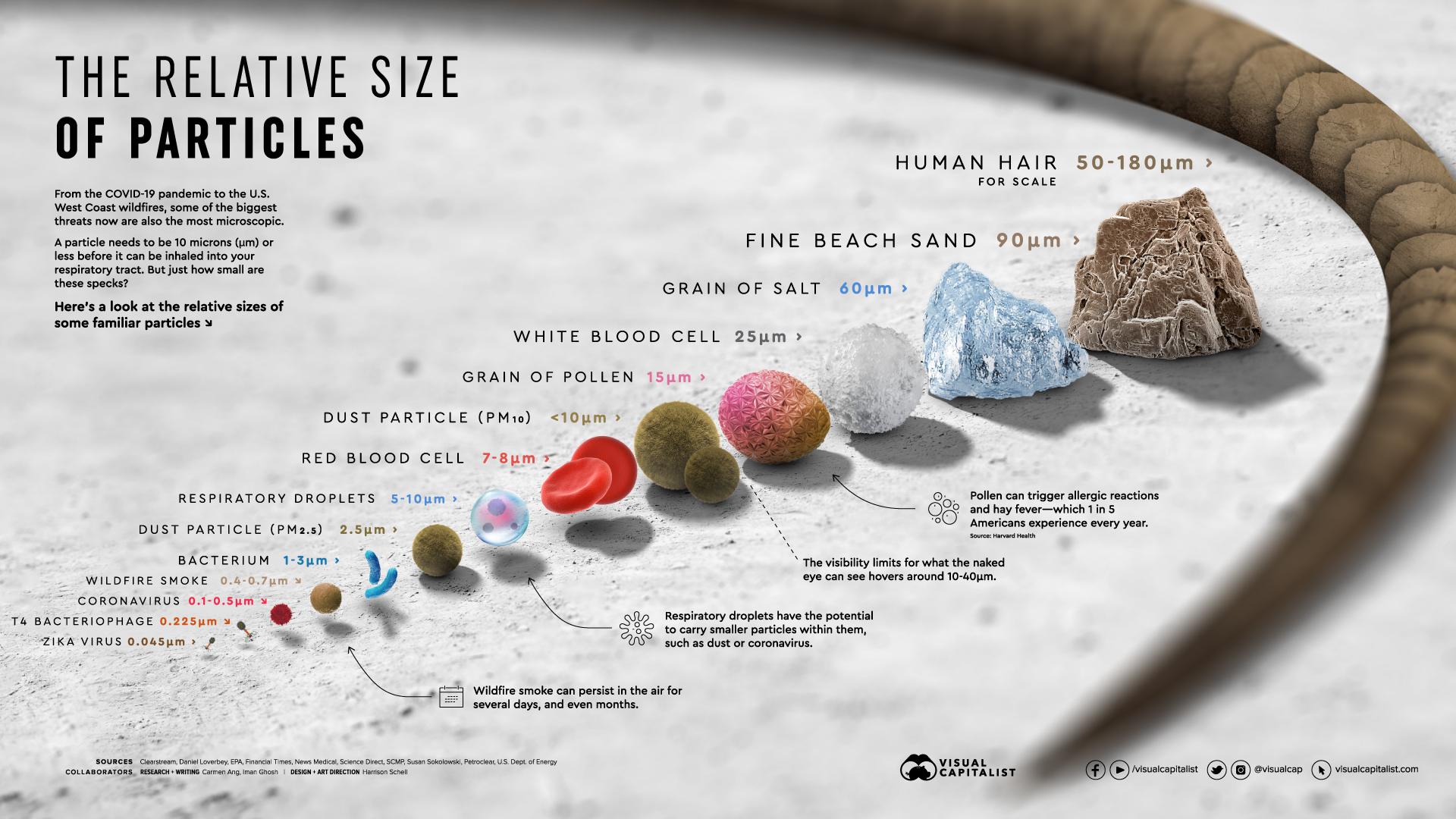Since the corona virus I have become increasingly aware of my environment. I also started to delve deeper into my living environment and in particular the air quality. I Already wrote a blog about the NASA Clean Air Study, this blog explains how you can clean your indoor air with plants. But I don’t know how clean my air is, so I need a PMSA003 Optical Particulates Sensor.
Particulates
Also known as atmospheric aerosol particles, atmospheric particulate matter, particulate matter (PM), or suspended particulate matter (SPM) – are microscopic particles of solid or liquid matter suspended in the air. The term aerosol commonly refers to the particulate/air mixture, as opposed to the particulate matter alone. Sources of particulate matter can be natural or anthropogenic. They have impacts on climate and precipitation that adversely affect human health, in ways additional to direct inhalation.

Types of atmospheric particles include suspended particulate matter; thoracic and respirable particles; inhalable coarse particles, designated PM10, which are coarse particles with a diameter of 10 micrometers (μm) or less; fine particles, designated PM2.5, with a diameter of 2.5 μm or less; ultrafine particles; and so on.
The IARC and WHO designate airborne particulates a Group 1 carcinogen. Particulates are the most harmful form of air pollution due to their ability to penetrate deep into the lungs, blood streams and brain, causing health problems including heart attacks, respiratory disease, and premature death. In 2013, a study involving 312,944 people in nine European countries revealed that there was no safe level of particulates and that for every increase of 10 μg/m3 in PM10, the lung cancer rate rose 22%. The smaller PM2.5 were particularly deadly, with a 36% increase in lung cancer per 10 μg/m3 as it can penetrate deeper into the lungs. Worldwide exposure to PM2.5 contributed to 4.1 million deaths from heart disease and stroke, lung cancer, chronic lung disease, and respiratory infections in 2016. Overall, ambient particulate matter ranks as the sixth leading risk factor for premature death globally.
| AQI | Air Pollution Level | Health Implications | Cautionary Statement (for PM2.5) |
| 0 – 50 | Good | Air quality is considered satisfactory, and air pollution poses little or no risk | None |
| 51 -100 | Moderate | Air quality is acceptable; however, for some pollutants there may be a moderate health concern for a very small number of people who are unusually sensitive to air pollution. | Active children and adults, and people with respiratory disease, such as asthma, should limit prolonged outdoor exertion. |
| 101-150 | Unhealthy for Sensitive Groups | Members of sensitive groups may experience health effects. The general public is not likely to be affected. | Active children and adults, and people with respiratory disease, such as asthma, should limit prolonged outdoor exertion. |
| 151-200 | Unhealthy | Everyone may begin to experience health effects; members of sensitive groups may experience more serious health effects | Active children and adults, and people with respiratory disease, such as asthma, should avoid prolonged outdoor exertion; everyone else, especially children, should limit prolonged outdoor exertion |
| 201-300 | Very Unhealthy | Health warnings of emergency conditions. The entire population is more likely to be affected. | Active children and adults, and people with respiratory disease, such as asthma, should avoid all outdoor exertion; everyone else, especially children, should limit outdoor exertion. |
| 300+ | Hazardous | Health alert: everyone may experience more serious health effects | Everyone should avoid all outdoor exertion |

PMSA003 – Digital Laser Dust Sensor
The PMSA003 is a digital general-purpose particle concentration sensor that can be used to obtain the mass and quantity of suspended particulates in the air per unit volume and output as a digital interface form. The sensors can be embedded in a variety of concentrations of environment-related instruments suspended particulate matter in the air, to provide timely and accurate concentration data.
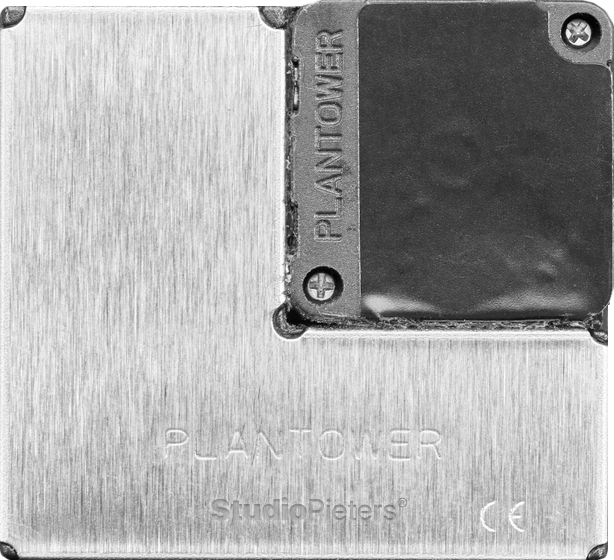

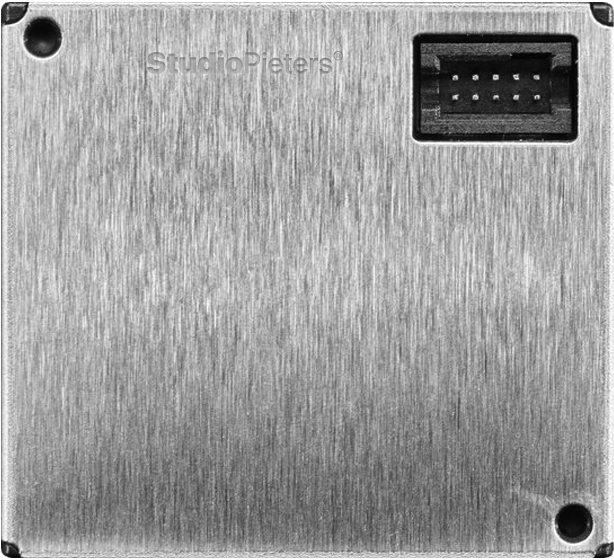
How it works?
This sensor uses the principle of laser scattering. Namely the scattering of laser irradiation in the air suspended particles, while collecting the scattered light at a specific angle, to obtain the scattering intensity versus with time curve. Microprocessor using based on the MIE theory of the algorithm, get the particle equivalent particle size and unit volume of particles of different particle size. The main CPU is a Cypress CY8C4245, which a combined ARM Cortex-M0 running at 48Mhz with dedicated ADC, used to sample the output from the diode

Technical details
| Parameter | Indicators | Units |
| Model | G1 | |
| Model number | PMSA003 | |
| Data output | Digital sensor (unit quality + number of units) | |
| Type | Biosensor | |
| Size | 38 x 35 x 12 | Mm (mm) |
| Measuring range | 0.3 to 1.0; 1.0 to 2.5; 2.5 to 10; | Micron (μm) |
| Counting efficiency | 50% @ 0.3 μm 98% @> = 0.5 um | |
| Said quasi-volume | 0.1 | Liter (L) |
| Response time | ≤10 | Seconds (s) |
| DC supply voltage | 5.0 | Volt (V) |
| Maximum operating current | 100 | Miliamp (mA) |
| Standby current | ≤200 | Microamp (μA) |
| Data interface level | L <0.8 @3.3, H >2.7@3.3 | Volt (V) |
| Operating temperature range | -10 to +60 | Celsius (℃) |
| Operating humidity range | 0 to 99% | |
| Mean time between failures | ≥3 | Year (Y) |
Pinout
| PIN 1 & 2 | VCC | Power (5V) |
| PIN 3 & 4 | GND | Ground |
| PIN 5 | RESET | Module reset signal / TTL level @ 3.3V |
| PIN 7 | SCL |
I2C_SCL pin / TTL level @ 3.3V
|
| PIN 9 | SDA |
I2C_SDA pin / TTL level @ 3.3V
|
| PIN 10 | SET | Setting pin / TTL level @ 3.3V |
| PIN 6 & 8 | NC | Empty |
Here you see the pinout for the PMSA003 module, starting with pin 1 in the lower left corner, above it pin number two and so on.
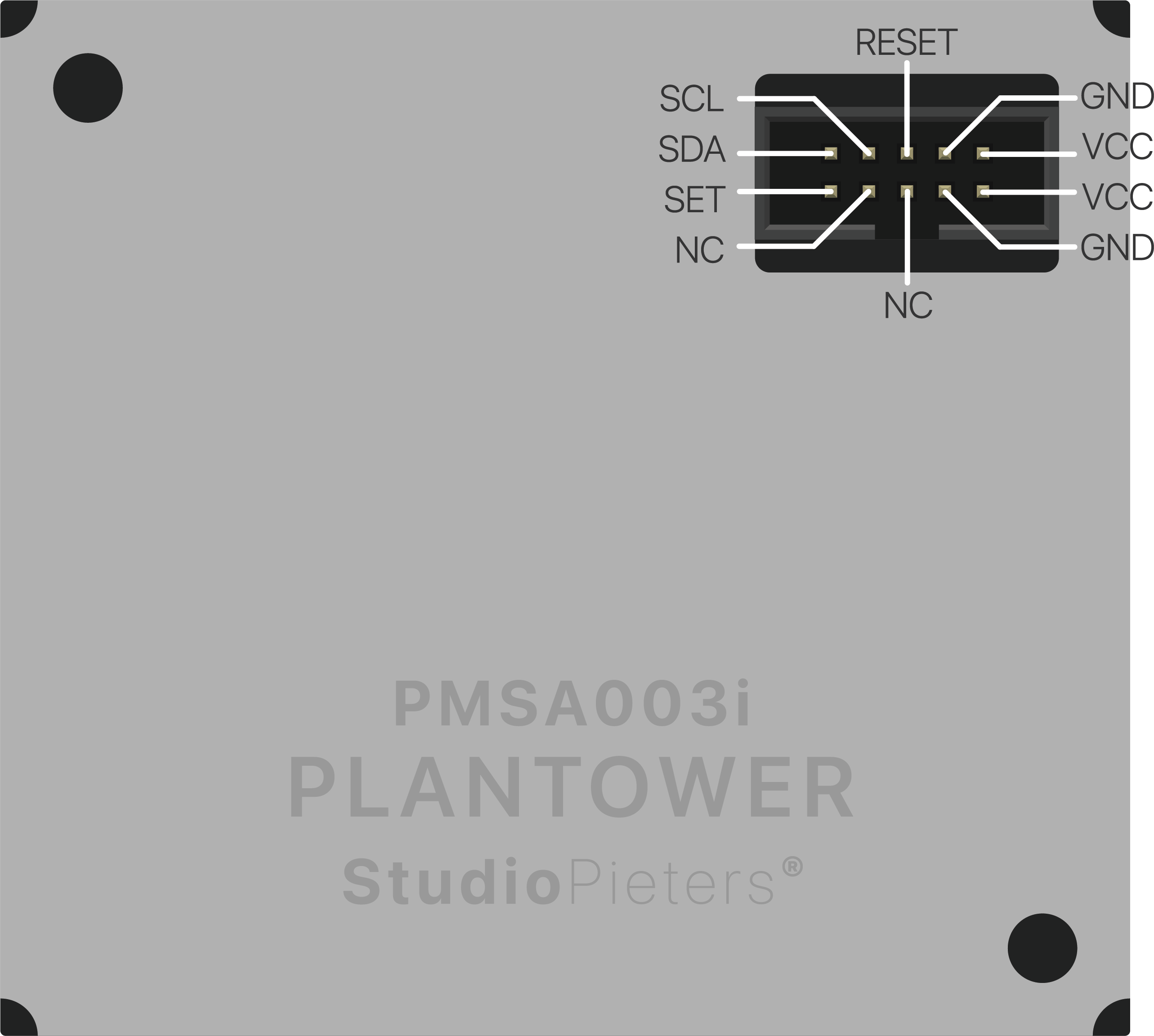

Note: If SET is HIGH working in continuous sampling mode, the module automatically updates sampling data after each sampling, the sampling response time is less than 600 milliseconds, the data update time is less than 2 seconds. If SET =is LOW the module enters the low-power standby mode.
Power Pins
- Vin – this is the power pin. Since the sensor chip uses 3 VDC, we have included a voltage regulator on board that will take 3-5 VDC and safely convert it down. To power the board, give it the same power as the logic level of your microcontroller – e.g. for a 5V microcontroller like Arduino, use 5V.
- GND – common ground for power and logic.
I2C Logic Pins
- SCL – I2C clock pin, connect to your microcontroller I2C clock line. On the breakouts, this pin is level shifted so you can use 3-5V logic.
- SDA – I2C data pin, connect to your microcontroller I2C data line.
Other Pins
- RST – Module signal reset. Reset low.
- SET – Set pin. High when working status, low level is sleeping mode.
I2C Wiring
Wiring the PMSA300I is made simple by using the I2C interface either via a solderless breadboard.
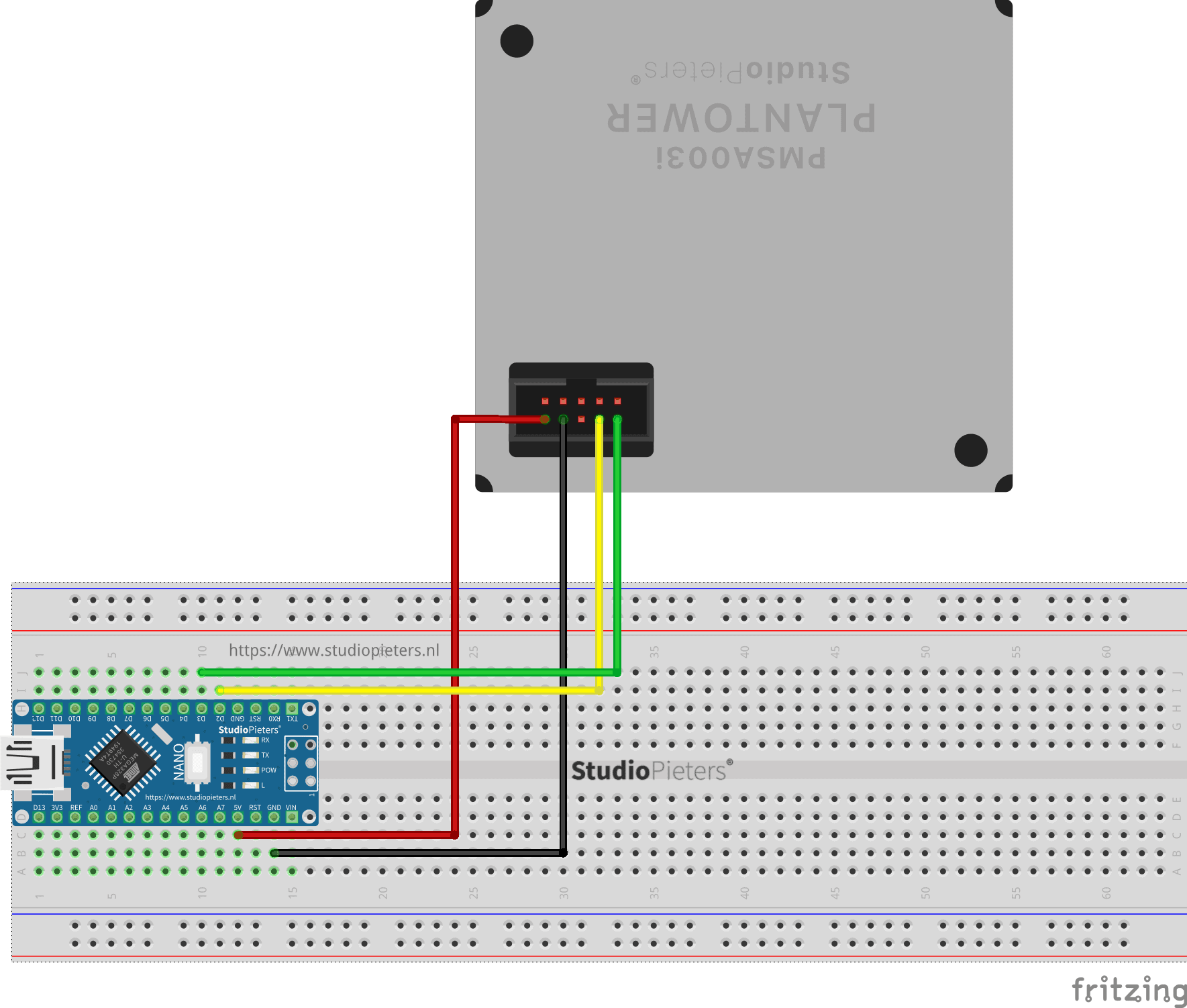
Arduino
Using the PMSA300I with Arduino is a simple matter of wiring up it to your Arduino-compatible microcontroller, installing the Adafruit PM25AQI library, and running the provided example code. You can install the Adafruit PM25AQI Library for Arduino using the Library Manager in the Arduino IDE. Click the Manage Libraries … menu item, search for Adafruit PM25 AQI, and select the Adafruit PM25 AQI library. Follow the same process for the Adafruit BusIO library.

Load Example
Open up File -> Examples -> Adafruit PM25 AQI Sensor -> PM25_test. After opening the demo file, upload to your Arduino wired up to the sensor. Once you upload the code, you will see the air quality data being printed when you open the Serial Monitor (Tools->Serial Monitor) at 115200 baud, similar to this.
Example Code
Testing the PMSA003 Optical Particulates Sensor
Yes! It works!

REFERENCE
CITYOSAIR,PM Sensor – PMSA003 (2021),What gets measured gets improved, https://cityos-air.readme.io/docs/1-smaller-pm-sensor wiki,From Wikipedia, the free encyclopedia (2021),Particulates, https://en.wikipedia.org/wiki/Particulates LETSCONTROLIT,PMSx003(2021),The Plantower PMSx003 modules are laser based particle sensors. , https://www.letscontrolit.com/wiki/
index.php/PMSx003 hackaday,PMSx003(2017),The quality of air you breathe is an important but often ignored aspect of the workplace.. , https://cdn.hackaday.io/files/21912937483008/
Thomas_Portable_Air_Quality.pdf Cassiopeia Ltd,Upgrading dust sensor to laser (PMSA003)(2017),supplying laser based optical sensors. , https://cassiopeia.hk/laserdust/ Pin Shih
Wang,pmsa003_esp8266_example (2019), only for testing & learning , https://github.com/wpsteak/pmsa003_esp8266_example
